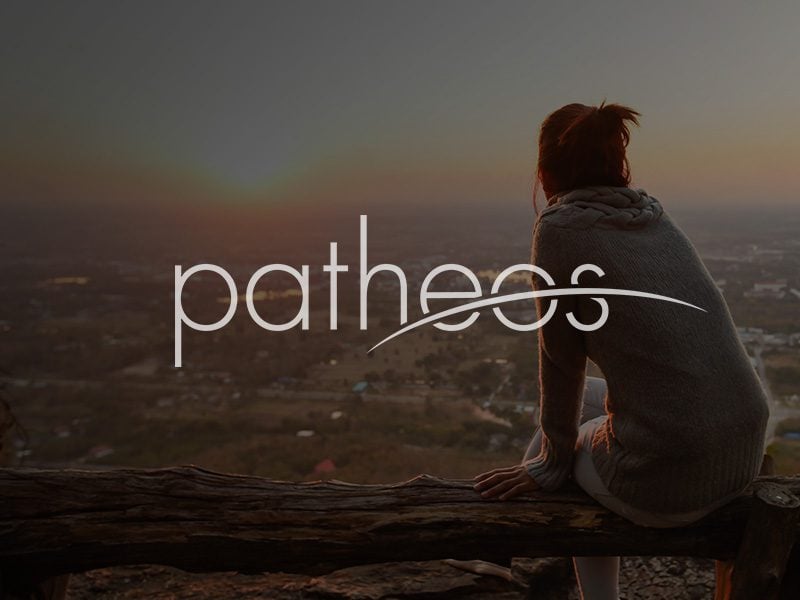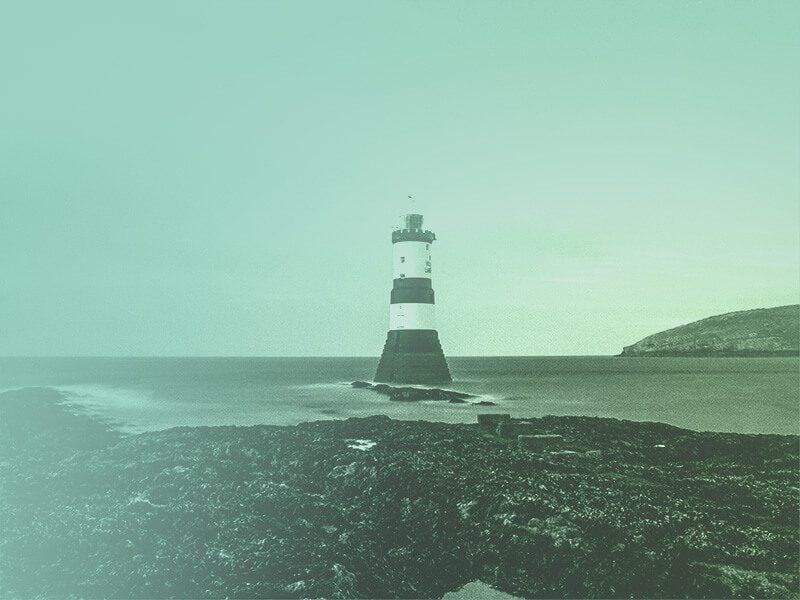This year’s Ohio Valley Philosophy of Education Society conference was themed “Immortal Conversations: Doing 21st Century Philosophy of Education.” I was invited to join a panel discussing questions related to the idea of immortal conversations. Here are some of the remarks I made, focusing on the so-called “canon wars.”
While much has been made about the politics of canonicity, there is nothing particularly exceptional about them. Anyone who has taken a photograph has surely engaged in these kinds of politics. When we focus on this or that and, in doing so, include or exclude, emphasize or deemphasize, we can see the sort of thing that the academic “canon wars” are about. This is not to dismiss the implications that can, and often do, follow from these political affairs. My only point is to show the simple, descriptive fact that the questions of what to keep and what to throw away, what to include and what to exclude, is neither exceptional nor extraordinary: it is as commonplace as cleaning one’s office, deciding if this obscure article, or that random and only marginally-interesting-looking unread book, or this nostalgic piece of correspondence should be kept or thrown away—or put into the growing “undecided” pile. To ignore what is descriptively obvious about canons and disputes of canonicity would be to ignore the thing itself.
Canons are not only ordinary in this way: they also possess a perennial, reflexive, and relational dynamic. Like sands in an hourglass shift from one side to the other, so too does the canon show both what is present and what is absent. In fact, many have begun to read canons through the lens of absence, thought what is not there, and this is evidence of the shifting sands of canonicity: as the emphasis changes, a new canon emerges. There are several anti-canon canons we can think of: the canons of critical race theory, critical pedagogy, and more. While there are no immortal canons, there is surely an immortal aspect to the shifting sands of canonicity.
One objection to the description I have offered thusfar could be that I have ignored the relationship between orthodoxy and canonicity. After all, a canon is not only the decision of what to include or exclude, it also bears the implication of becoming orthodox and delineating the lines where heterodoxy begins. The canon of New Atheism is not only a generic choice between this and that text; it is also a clearly articulated creed, with strong normative implications that create a powerful sense of orthodoxy. The same could be said of the previous examples in critical race theory and critical pedagogy. The very fact that I need not even mention the essential authors is evidence of how well we know them: the gospel of bell hooks, the epistles of Peter McLaren, the apologetics of Richard Dawkins.
It does not take a Foucaultian analysis to see the power dynamics of canonicity. Ironically, the canon of Foucault—from 1963 to his final lectures—is itself a powerful example of these dynamics. I do not think we can afford to ignore the question of power and the politics of recognition, presence and absence that are embedded in any canon. But it is how we think about them that is important. Because of the cyclical, elastic reflexivity of canons we cannot afford to think of canons in a non-reflexive way.
We need to be open to a canon of everything.











